Everyone seems to be talking about sustainable companies. But what are sustainable companies anyway? Due to the complexity of the topic Sustainability it is difficult to assess this. So far there is no definition for it, even if it is Efforts are being made at EU level to gives.
But perhaps there can be no standardised definition because companies and their sustainability performance vary greatly depending on their size, sector, supply chain and also the moral judgement of the observer.
Those who want to take a holistic approach to sustainability strategies: We have has produced a comprehensive guide to sustainability strategy in companies here.
Contents:
- Can a company be sustainable at all?
- Other interpretations of "sustainable companies"
- Externalised costs and sustainable companies
- A company can contribute to sustainable development
- What does a company have to do to become a sustainable company?
- Do seals and certification help to recognise sustainable companies?
- Is compensation sustainable or not?
- What concrete steps can a company take to become sustainable?
- Conclusion
Can a company be sustainable at all?
Before we discuss whether companies are sustainable, it is worth asking what sustainability is and whether companies can be sustainable. can. This point of view can certainly be discussed and it only offers one view of the question. But it is a point of view that we believe is worth taking.
A simple explanation for sustainability is as follows:
Sustainability is the principle of resource neutrality. This means that resources are only used to the extent that they can be regenerated.
Resources are both material (wood, sand, steel, etc.) and human (labour, motivation, health, etc.), social and economic (trust, support, capital, etc.).
This statement raises the question of whether companies can act in a resource-neutral manner.
- Can a textile company only process as much cotton as can grow back?
- Can electronics manufacturers produce in such a way that no more waste and toxins are released into the environment than can be broken down again?
- Can a car manufacturer organise its supply chain in such a way that people do not have to work more than is good and healthy for them?
- Can a farmer cultivate in such a way that nutrients are not removed from the soil, but perhaps even replenished?
Theoretically, companies can act in a resource-neutral manner. In the latter case, there are approaches and Flagship companies that manage to regenerate their most valuable resource, soil. For the other cases, no company seems to have found a holistic and fair solution yet.
Patagonia is a pioneering company when it comes to sustainability. Patagonia from the USA manufactures clothing and equipment for outdoor activities. For many years, they have consistently focussed their development on sustainability. And yet Patagonia says of itselfthat they are not sustainable. They say that as long as they cause damage to the environment, they cannot call themselves sustainable.
A comparable company from Germany would be Vaudealso active in the outdoor industry and with the aim of operating as sustainably as possible.
It therefore seems that it is difficult to say that a company is resource-neutral and therefore sustainable. The assessment is also difficult because supply chains are global and interconnected. Which company consumes how many resources? And how many resources can be regenerated for this company? Last but not least, the fact that some impacts on society and the environment are unknown and therefore not measurable makes it difficult to make an absolute statement.
Other interpretations of "sustainable companies"
There are also other interpretations of what sustainable companies are. Here are three of them explained once again.
Best in class
In the best-in-class approach, companies that are the best in their sector in terms of sustainability are sustainable. This does not allow any statement to be made about the absolute sustainability performance of a company. It is a relative statement in comparison with others. This also means that companies in a "non-sustainable" sector can be "sustainable". Companies in the defence industry or petroleum industry can also be described as sustainable in this way.
"Alternative" companies
Companies are often labelled as sustainable if they implement new approaches or business models that promote sustainability in comparison to existing, conventional companies. Unfortunately, it is often concluded from progressive and good aspects of the company that it is sustainable overall.
As an example of alternative companies, "unicorn". They have an extremely modern organisational structure and their philosophy is based on manufacturing products that are as sustainable as possible. This is why sources often refer to einhorn as sustainable company.
Manufacturer of "sustainable products"
All too often, a company's sustainability performance is only related to its products. It may be that the company manufactures other "non-sustainable" products in addition to sustainable products. It is also logical to look at business operations (the office, business travel, facilities and buildings, etc.) to see whether or not they contribute to sustainability.
Externalised costs
Another difficulty arises from externalised costs. This means that a company does not bear ("price in") all the costs that it causes. If a factory uses river water for cooling, the river warms up as a result and fewer fish thrive in it. Then the fishermen downstream earn less. Their losses are costs that they have to offset elsewhere without the factory having to pay for them.
A Another well-known example are medicines that are taken by humans and the metabolised products enter the sewage system via the toilet. Complex treatment processes are used to purify the water. The costs are borne jointly by all citizens. The medical company therefore incurs costs with the product that it does not have to bear.
These externalised costs occur for almost all products. They mean that environmentally harmful and socially damaging production methods and consequences are not reflected in the price of the products. However, as companies compete in a market economy, this distorts the market. If companies want to operate in a particularly sustainable manner, i.e. price in costs for society and the environment, it is often difficult to prevail on the market against competitors who are more favourable because they outsource costs caused by damage to the environment and society. The question arises as to whether sustainable companies can be successful at all in the existing system.
Methods and best practice for sustainability in your mailbox

A company can contribute to sustainable development
So we cannot give a clear answer as to whether a company is sustainable. But we can say that companies clearly contribute to sustainable development. Companies have a special role to play here.
The United Nations Organisation itself does not speak of sustainability as a status, but of a sustainable developmentto emphasise that we are on the way to becoming more sustainable step by step. Business and companies are the link between people's purchasing decisions and the consequences of their decisions on the environment and society. Companies therefore have an enormous influence on how well we progress in this sustainable development.
More and more companies are utilising the Sustainable Development Goals (SDG) of the UN as orientation in its strategyto contribute to this sustainable development.

Companies therefore retain an important role when it comes to sustainability. It therefore remains important to be able to assess and develop companies according to their sustainability.
What does a company have to do to become a sustainable company?
As a basis, we want to assume that "sustainable companies" are those that
A) try to approach resource neutrality
B) contribute to sustainable development.
If a company takes on these goals, the following key points usually help with implementation:
- Understand sustainability holistically and take an honest look at all resources. Too often, we only look at the resources that make the simple improvements possible.
- Set yourself ambitious goals. For a Sustainable development it is not enough to do less damage. We have to actively regenerate. This is shown by the statements of the Planetary Boundaries and the Earth Overshoot Days.
- Implement sustainability in all areas of the company and also in the core business.
- Communicate with stakeholders to really find out what impact your own business activities have on others.
- Communicate transparently about your own progress, open construction sites and goals. This is the only way a society can decide what sustainable companies are.
These points only form the general framework for sustainable companies. A company must derive the specific measures for itself individually.
Assistance is provided by our Comprehensive guide to creating a sustainability strategy.
Do seals and certification help to recognise sustainable companies?
In many areas, certifications, labels and seals are good points of reference for assessing a company's performance in the field.
Due to the complexity of sustainability, there are no general and comprehensive certifications or seals. It is therefore important to know which seals have what meaning.
The following categories can be distinguished:
1. Certified management systems for sub-topics of sustainability
e.g. for Environmental management (EMASISO14001), energy management, waste management, health management
They provide information that a company is working continuously and certified on those topics. They do not provide any information about how good the performance is in this area.
2. Seals and certificates for raw materials
e.g. for wood, cotton, natural stone
They declare that the raw materials fulfil defined criteria with regard to Environmental protection and social diligence. There are often several seals for the same raw material, each with different strict requirements.
3. Transparent reporting
e.g. DNK, GRI
Standards allow transparent reporting of sustainability performance on standardised aspects. This allows the public to assess efforts and experts to evaluate them. The common reporting standards also serve as a management system for companies.
4. Comprehensive management systems
e.g. ISO26000, GWÖ, B Corp
There are management systems and approaches that cover sustainability in its entirety. ISO26000 is a guideline for creating such a management system, but is not certifiable due to its complexity.
5. Seals and labels for products
e.g. Blue Angel, TCO, Bio
Such seals and labels show whether products fulfil environmental and social criteria. The criteria are standardised by the standards. Here too, seals of varying strictness are the rule. Consumers therefore need to know the difference between the seals.
6. industry certificates
e.g. Green Globe, TourCert
These certificates are designed very differently and sometimes offer comprehensive guidance, sometimes only information on partial sustainability performance
Seals and certifications therefore help to recognise the areas in which a company shows particular commitment.
For companies themselves, this means that they can use such labels to communicate transparently. They can provide their customers and the public with guidance on the topics they are working ambitiously on.
Our linked article provides a further overview of sustainability seals and certificates.
Is compensation sustainable or not?
Are companies sustainable if they compensate for their losses?
The best-known example is the Compensation of emitted CO2 through the financing of projects such as tree planting and others. However, there is also compensation for water consumption, sealed surfaces, unknown working conditions along the supply chain and much more.
The principle is always the same. Projects are supported that regenerate a resource. The aim is to compensate for the resource that one's own actions have used up.
But is it sustainable to compensate for used resources?
Yes and no.
Compensation should not be the goal, but a means along the way.
As long as a company has not yet been able to reorganise its own processes, production methods, supply chains, etc. and is not yet resource-neutral, offsetting is a good way forward. In some areas, such as CO2 reduction to mitigate climate change, quick results are needed. However, production methods often cannot be changed quickly. If we still want to achieve our goals, we need to actively regenerate resources as a society as a whole. This active regeneration for companies is offsetting.
However, companies should not be tempted to offset their resource consumption without also working on improving consumption. Compensation must take place at the end of the process. If a company has worked all year on improvement, it is important to draw the line at the end of the year and compensate for the remaining residual consumption.
Microsoft currently offers an exciting example of compensation. They want to reduce their CO2 emissions to zero. As an effective means of achieving this, internal CO2 levies have been introduced, which each department has to pay itself. In addition, all CO2 emissions that the company has emitted since it was founded in 1975 are to be offset by 2050.
How can you become a sustainable company?
Companies that want to embark on this journey have more guidance today than ever before. Sustainable companies, or those on the way there, already exist in many sectors and are best practices and role models.
For all companies, the following 4 dimensions are likely to be crucial for effectively anchoring and implementing sustainability:
- Materiality
Companies should find out where they really have a major impact and where they do not. This means analysing the key aspects of sustainability. (More here) - Sustainability expertise
Anchoring sustainability strategically and implementing it successfully is a business competence, such as Vaude CEO Antje von Dewitz emphasises. Employees must therefore also be empowered to understand and implement sustainability. (More here) - Sustainability strategy
A sustainability strategy is needed for a clear orientation and permanent anchoring in the company. (More here) - Corporate culture for sustainability
Ultimately, companies are the sum of the people who work there. Only when sustainability becomes part of conversations, personal goals, day-to-day work and the vision can it be lived in the long term. (More here)
Conclusion
There is no single ideal path to sustainability. There is also no absolute, unambiguously correct view of what a sustainable company is and what it is not. Nevertheless, there is guidance. The sustainability goals of the United Nations (17 SDGs) or the consideration of the various sustainability dimensions (ESG) help here.
It is important that every company asks itself how it can minimise harmful behaviour and increase positive contributions. Here, industry comparisons and orientation towards best-in-class companies can be useful. Certification and management systems also support sustainable development in order to address, monitor and control certain aspects of sustainability.
If you want to take a consistent approach, you should not shy away from a comprehensive materiality analysis that clarifies what the most important sustainability issues are for your company. This can lead to a strategy with specific goals and measures that can be implemented to make a real contribution to sustainability.

Do you want to get out of your comfort zone and into the transformation?
Ask me for a free information meeting.
I am ready with advice and pleasure.
Toni Koç
Sustainability strategy and reporting topics

We work with companies on sustainability.
Strategy, controlling and corporate culture for sustainability.
For complex topics such as this, we provide advice, act as a sparring partner or provide impetus. If you would like to find out more about this topic or even tackle it yourself, please write to us:





[...] What characterises sustainable companies? [...]
[...] framework for sustainable development. We would also like to take this opportunity to refer you to our article "What makes a company sustainable?" [...]
[...] Blog post: What makes a company sustainable? [...]
[...] The areas of responsibility of sustainability management can also vary in practice depending on how sustainability is understood and interpreted by the respective company. [...]